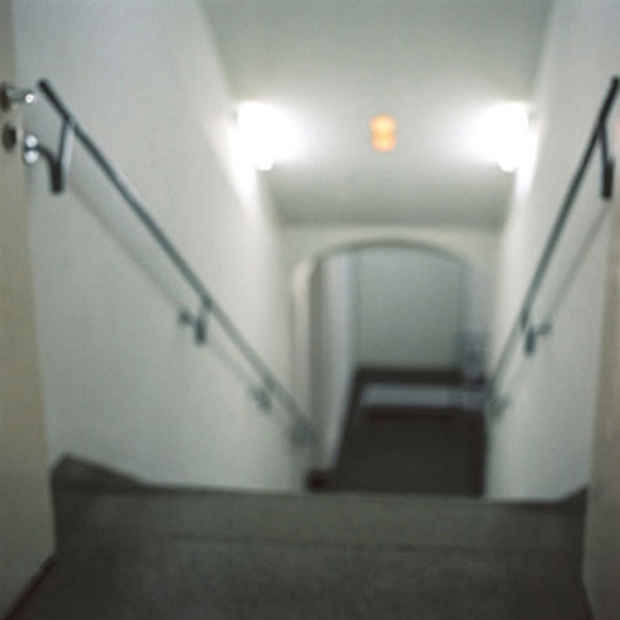Seton Smith Exhibition
Winston Wachter Fine Art

This event has ended.
Winston Wächter Fine Art announces an exhibition of new photographs by Seton Smith. Featuring pieces from several different bodies of work, the exhibition will be accompanied by a book featuring essays by John C. Welchman, Patrick McGrath, Penelope Rowlands and Claudia Steinberg.
“There’s a house at the heart of Seton Smith’s life and work. And also a time. The house was a shingle-style, late nineteenth century structure was, in her words, [TK]. The time was childhood, the moment when she first apprehended the space around her – her family’s residence and, beyond it, the world.
Her childhood home was tangible, of course. But the mind that grew among and into its spaces and contours was not. It was fluid and evershifting and because it was, and is, an artist’s mind it was acutely self aware. Others may move through life, unseeing; but the artist, and especially this one, watches, examines, ponders instead.
Seton Smith’s work is about spaces. They’ve come in many forms over the several decades and two continents within and upon which she has made her career. They tend to be blurred, off kilter, surprisingly cropped. They don’t aim for verisimilitude, or rather not the kind we’ve been led to expect. This isn’t the world as seen by a news camera; it’s not “accurate” in that sense. Yet it’s somehow more precise. For the blur, the fuzz, the unexpected angle are the stuff of consciousness. They represent the mind. They’re insistent reminders that what we see is, inextricably and always, our own point of view. That in seeing, we create the world.”
-Penelope Rowland’s most recently book, “Paris Was Ours: 32 Writers Reflect on the City of Light”, has just been published by Algonquin Books of Chapel Hill.
“In salient complicity with their ostensible subject-matter, two recent series of photographs by Seton Smith, one of the interior of the Vienna Secession building (“Secessions”), the other of a modern residential apartment in the same city (“In Vienna”), open up a key question situated at the intersection between photography and architecture: that of motivation. I am not referring, directly, at least, to the intentional horizons of the artist, what she might have purposed or solicited by turning her camera on the compound, spatial part-objects that confront us here - walls, windows, stairs, banisters, sky-lights, artificial lights, apertures and items of furniture. Nor, conversely, am I foregrounding the stylistic idiom with which these images take up: sparseness, relative colorlessness and studied indistinction. Instead, like an archeological or oneiric palimpsest, the question of motivation that concerns me can only emerge at the intersection and overlay of these – and other – conditions; and is only emerge at the intersection and overlay of these — and other — conditions; and is only significant — as a question — by virtue of the plurality, coupling and convergence of the terms that inflect it.”
- John C. Welchman is Professor of Art History at USCD and author or editor of numerous books, most recently, “Institutional Critique and After (2006); “The Aesthetics of Risk” (2008); and “Black Sphinx: On the Comedic in Modern Art” (2010).
[Image: Seton Smith "Looking" 2007 Chromogenic print face-mounted to non-reflective plexiglass with aluminum brace 72 x 72 in.]
Media
Schedule
from March 18, 2011 to April 30, 2011
Reception For The Artist on 2011-03-18 from 18:00 to 20:00